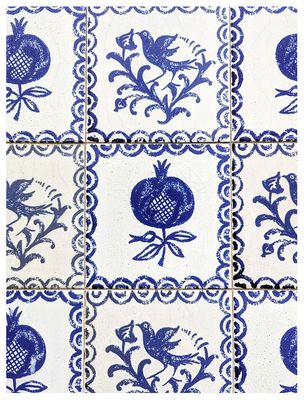
Pomegranates on Cuesta de Gomérez |

Gate of the Pomegranates |
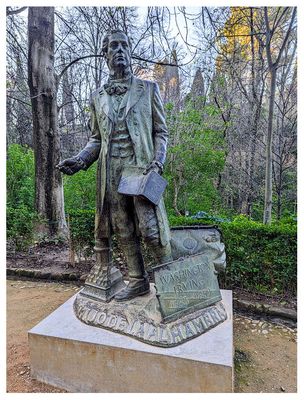
Washington Irving statue |
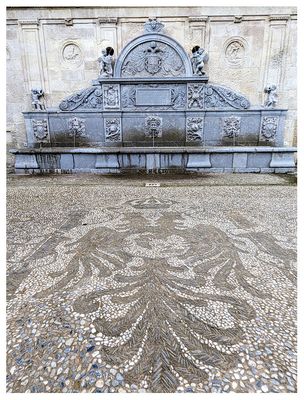
The Alhambra: Pilar de Carlos V |
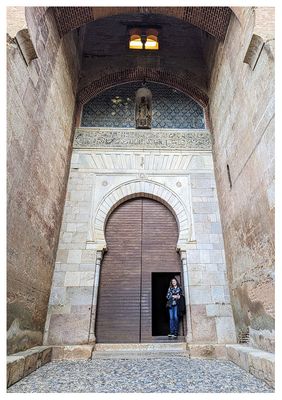
The Alhambra: Gate of Justice |
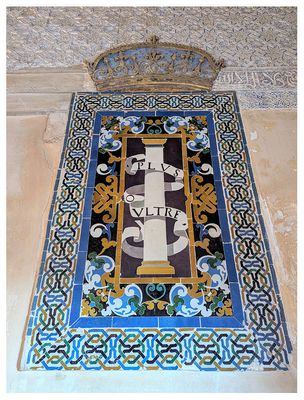
The Alhambra: Plus Ultra in Sala de Mexuar |

The Alhambra: Sala de Mexuar tiles |
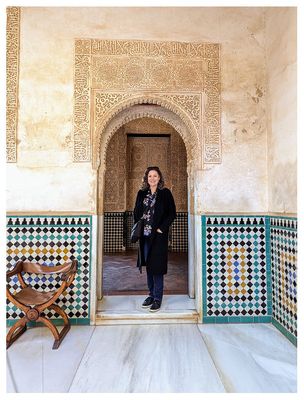
The Alhambra: Courtyard of the Golden Room |
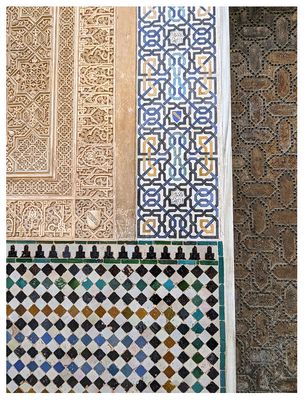
The Alhambra: Comares Façade |
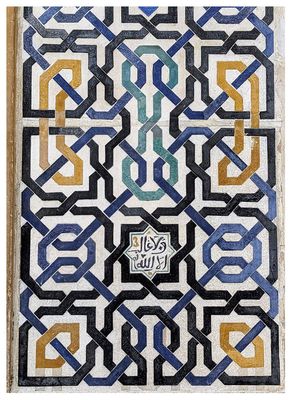
The Alhambra: Comares Façade |
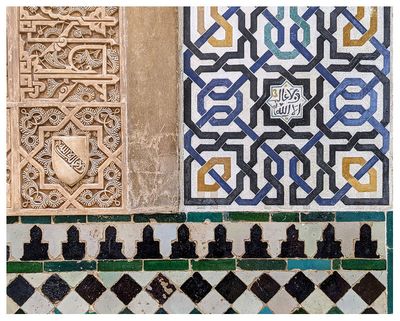
The Alhambra: Comares Façade |
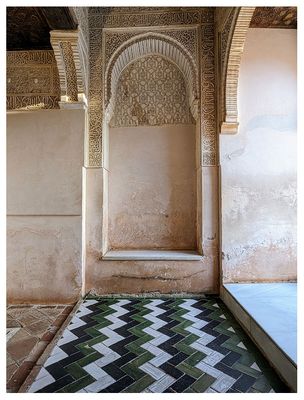
The Alhambra: In between the Mexuar and Comares palaces |
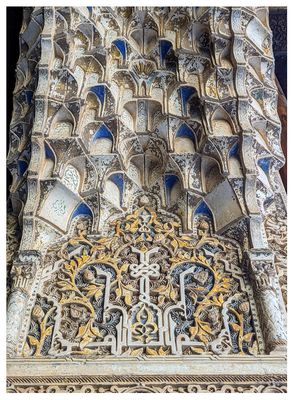
The Alhambra: Archway between The Court of the Myrtles and Sale de la Barca |
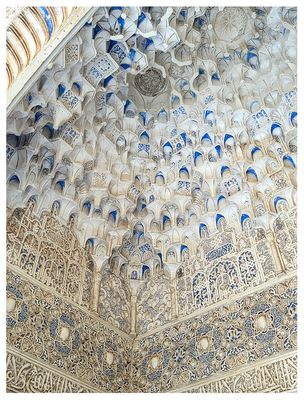
The Alhambra: Sala de la Barca |
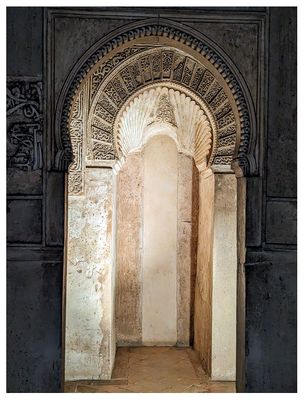
The Alhambra: Oratory entrance in Hall of the Ambassadors |
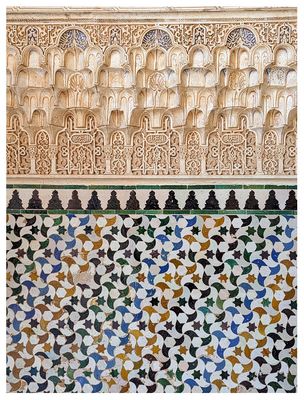
The Alhambra: Hall of Ambassadors |
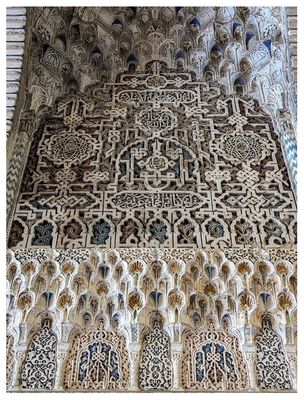
The Alhambra: Hall of Ambassadors |
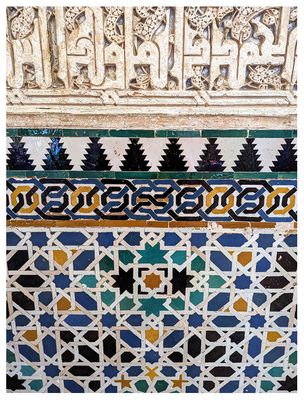
The Alhambra: Hall of Ambassadors |
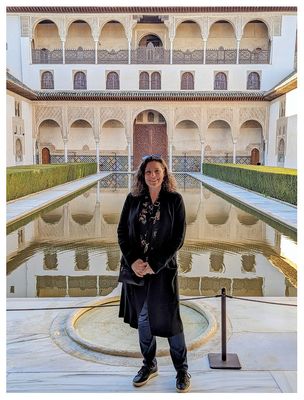
The Alhambra: Courtyard of the Myrtles |
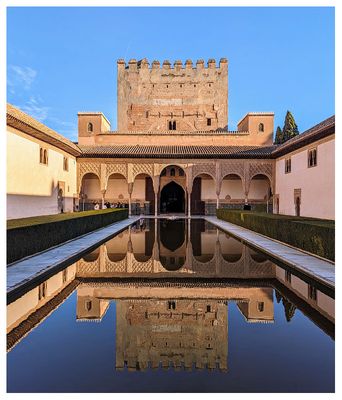
The Alhambra: Courtyard of the Myrtles |
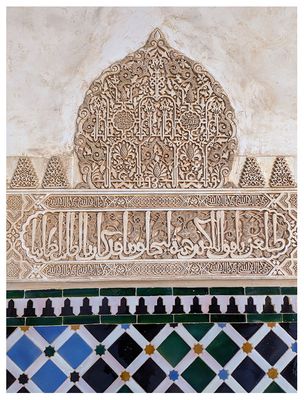
The Alhambra: Courtyard of the Myrtles |
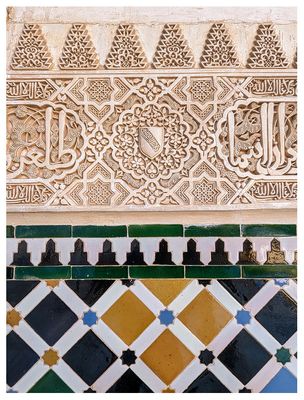
The Alhambra: Courtyard of the Myrtles |
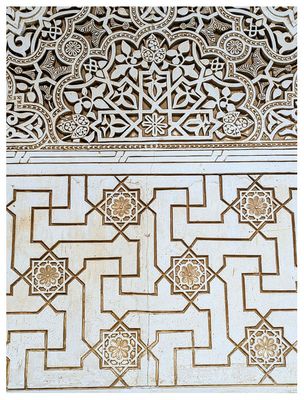
The Alhambra: Courtyard of the Lions |
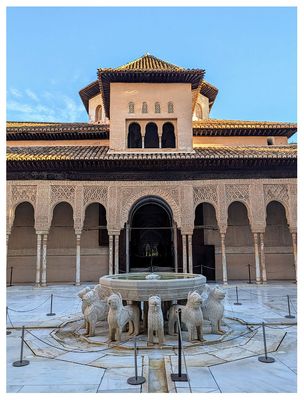
The Alhambra: Courtyard of the Lions |
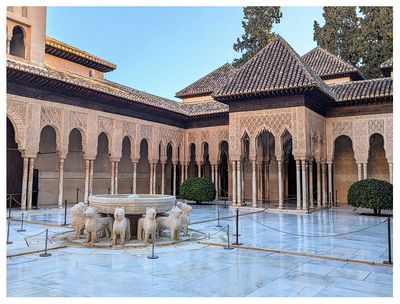
The Alhambra: Courtyard of the Lions |
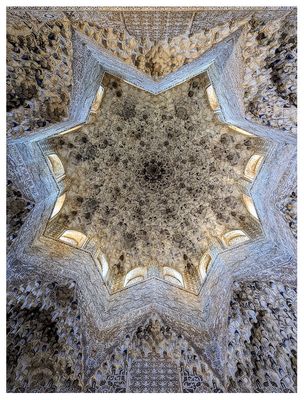
The Alhambra: Hall of the Abencerrajes |
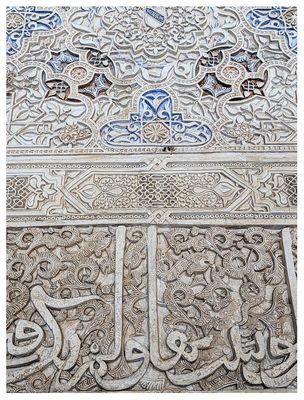
The Alhambra: Hall of the Abencerrajes |
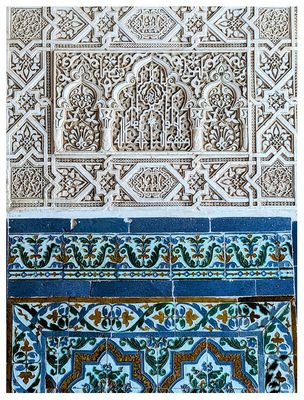
The Alhambra: Hall of the Abencerrajes |
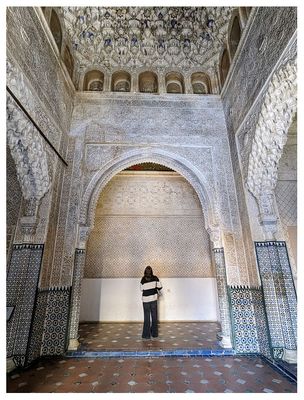
The Alhambra: Sala de los Reyes |
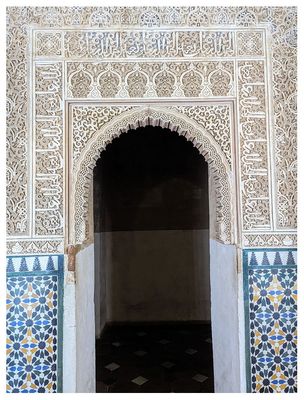
The Alhambra: Sala de los Reyes |
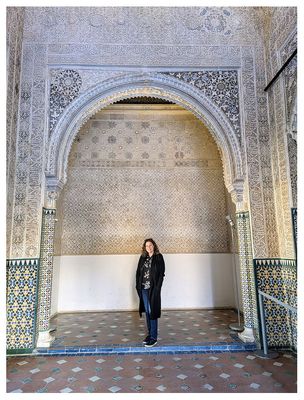
The Alhambra: Sala de los Reyes |
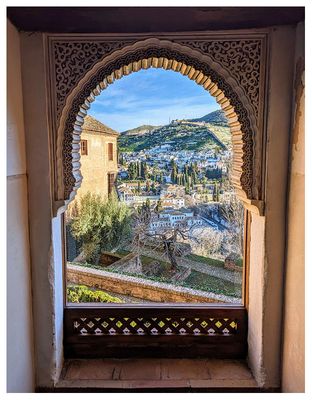
The Alhambra: Sala de los Reyes |
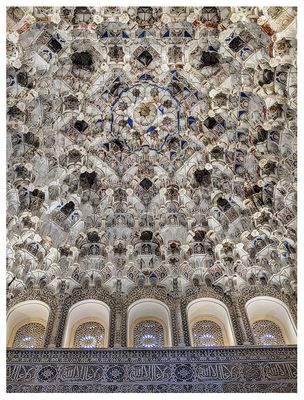
The Alhambra: Sala de los Reyes |
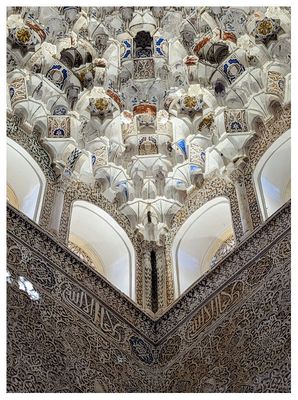
The Alhambra: Sala de los Reyes |
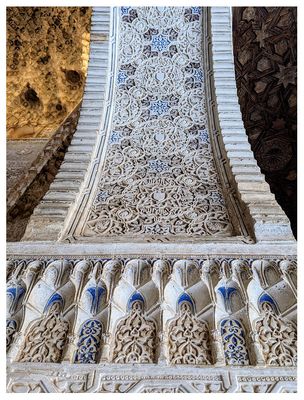
The Alhambra: Sala de dos Hermanas |
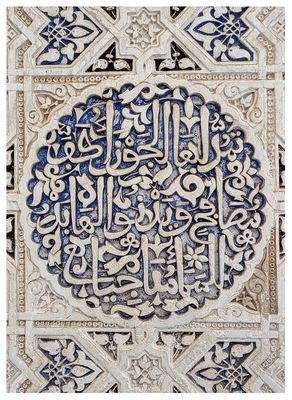
The Alhambra: Sala de dos Hermanas |
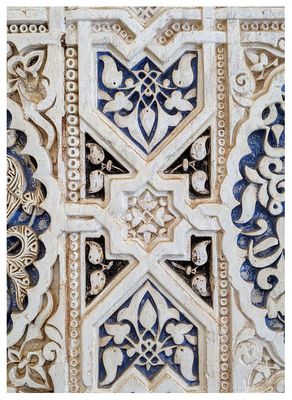
The Alhambra: Sala de dos Hermanas |
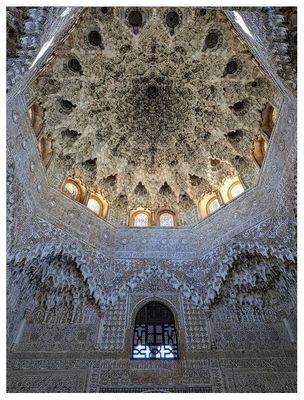
The Alhambra: Sala de dos Hermanas |
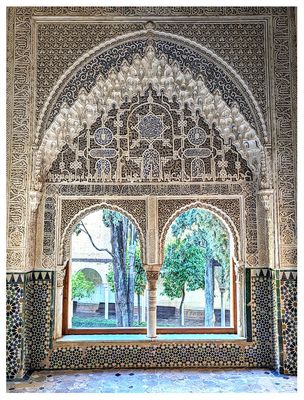
The Alhambra: Mirador de Lindaraja |
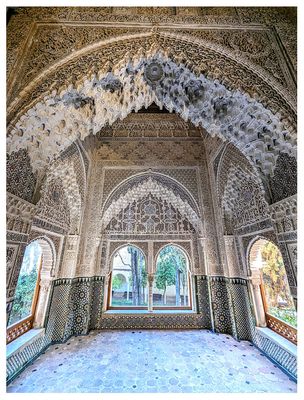
The Alhambra: Mirador de Lindaraja |
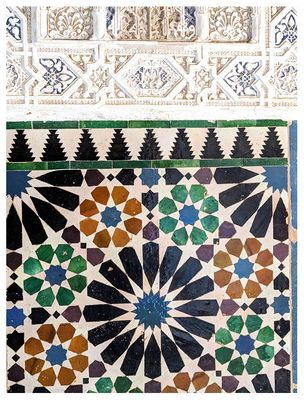
The Alhambra: Mirador de Lindaraja |
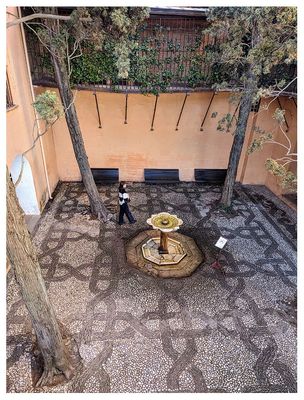
The Alhambra: Patio de la Raja |
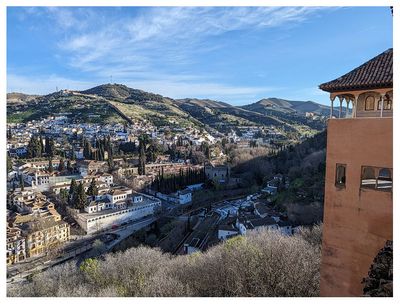
The Alhambra: El Peinador de la Reina |
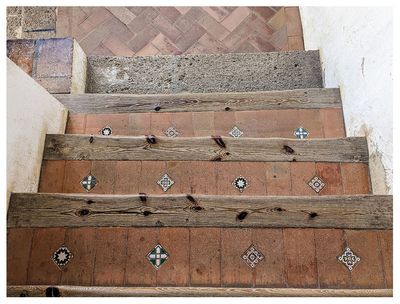
The Alhambra: El Peinador de la Reina.jpg |
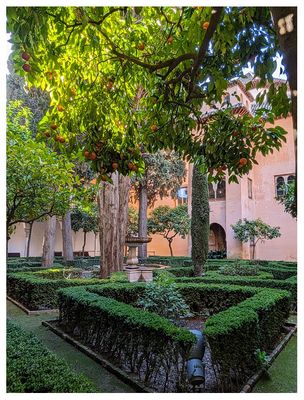
The Alhambra: Patio de la Lindaraja |
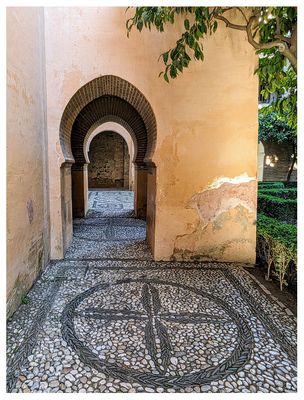
The Alhambra: Patio de la Lindaraja |
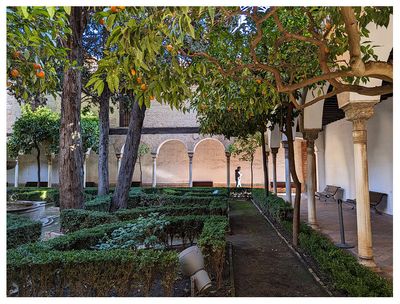
The Alhambra: Patio de la Lindaraja |
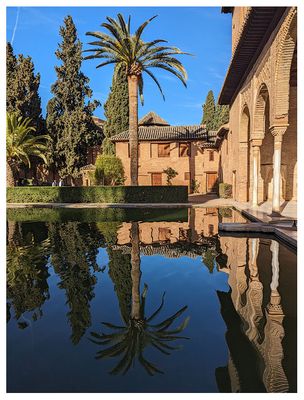
The Alhambra: Palacio del Partal |
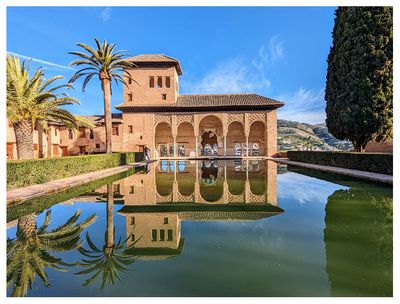
The Alhambra: Palacio del Partal |
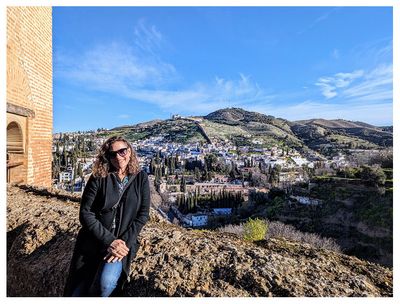
The Alhambra: Palacio del Partal |
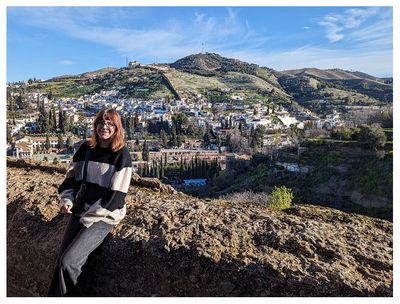
The Alhambra: Palacio del Partal |
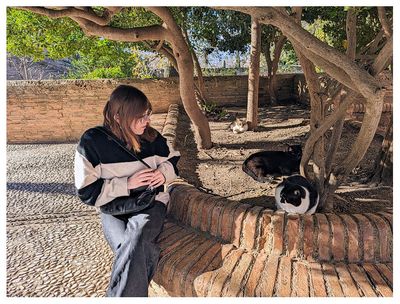
The Alhambra: Cats! |
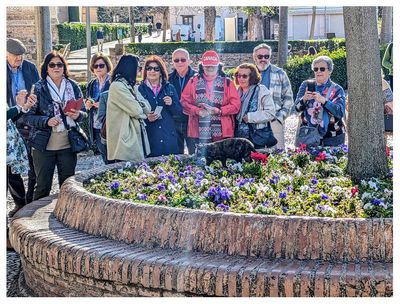
The Alhambra: Cat paparazzi |
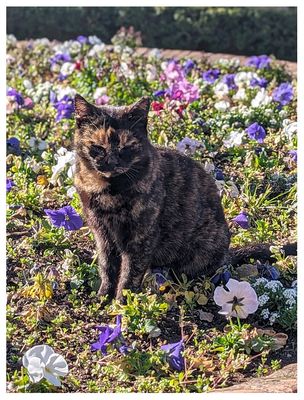
The Alhambra: Cats! |
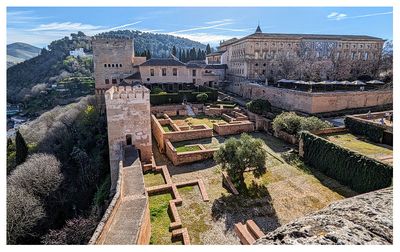
The Alhambra: Alcazaba |
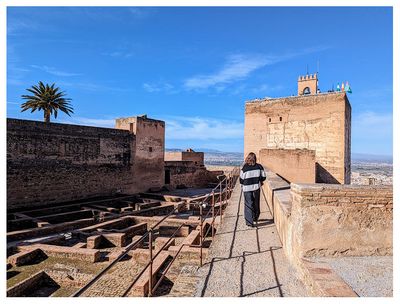
The Alhambra: Alcazaba |
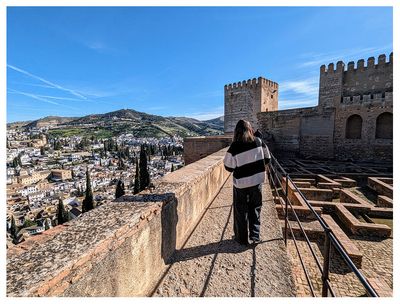
The Alhambra: Alcazaba |
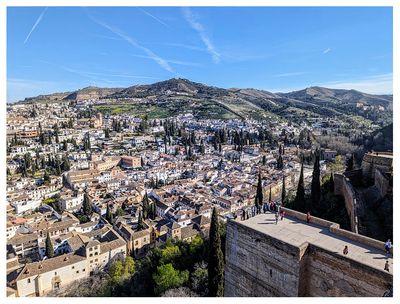
The Alhambra: Alcazaba |
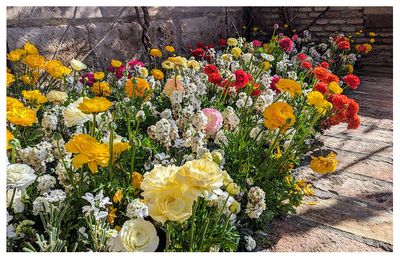
The Alhambra: Alcazaba |
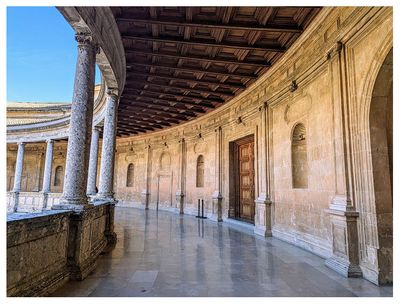
The Alhambra: Palace of Charles V |
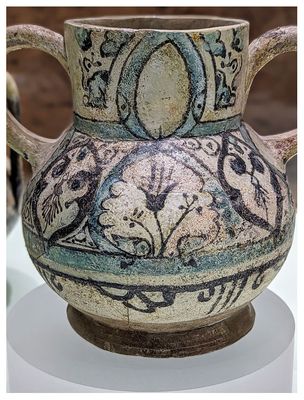
The Alhambra: Alhambra Museum |
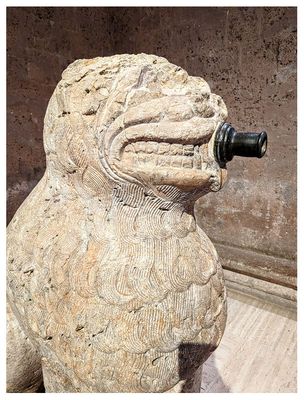
The Alhambra: Maristan stone lion fountain in the Alhambra Museum |
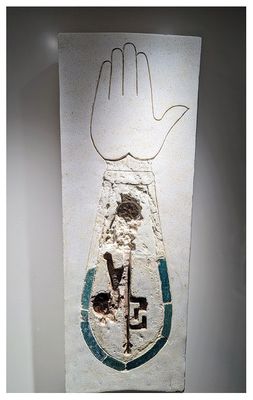
The Alhambra: Manos y llave in the Alhambra Museum |
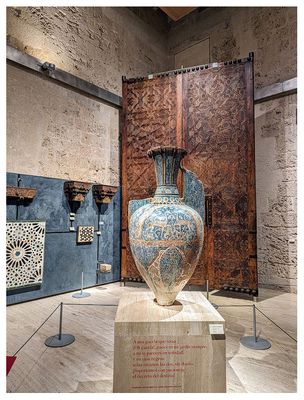
The Alhambra: Vase of Gazelles in the Alhambra Museum |
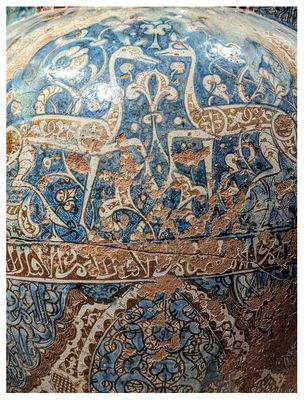
The Alhambra: Vase of Gazelles in the Alhambra Museum |
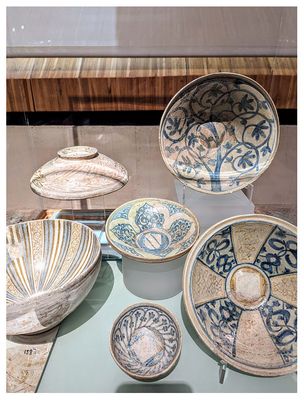
The Alhambra: Alhambra Museum |
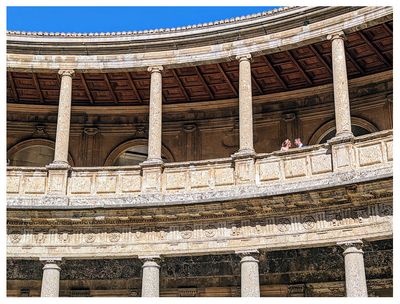
The Alhambra: Palace of Charles V |

Restaurante Jardines Alberto: Nasrid Style Chicken |
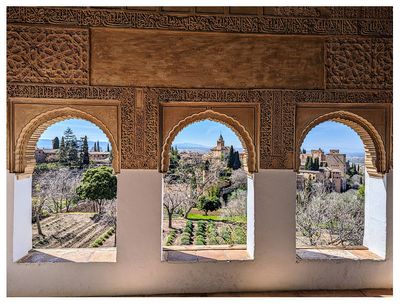
The Alhambra: Generalife |
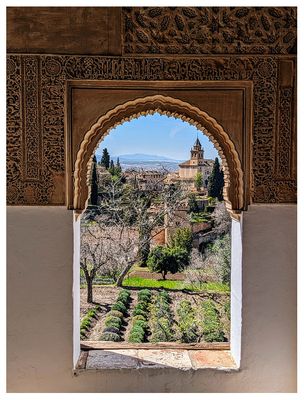
The Alhambra: Generalife |
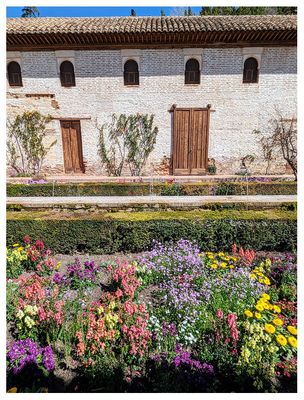
The Alhambra: Generalife |
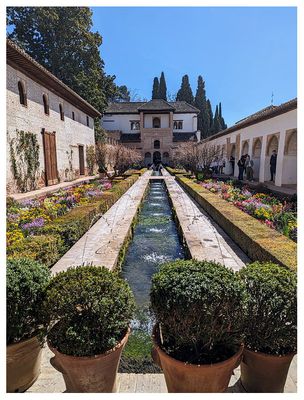
The Alhambra: Generalife and Patio de la Acequia |
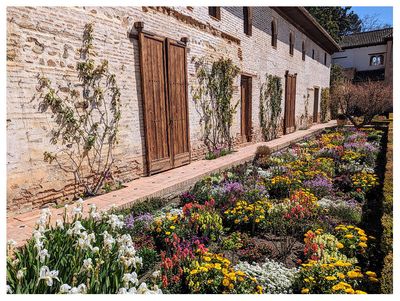
The Alhambra: Generalife |
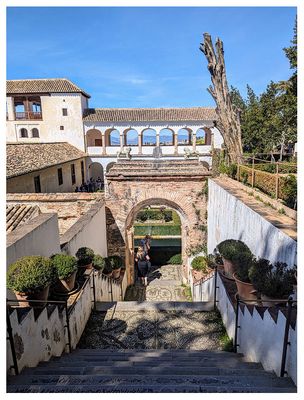
The Alhambra: Generalife |
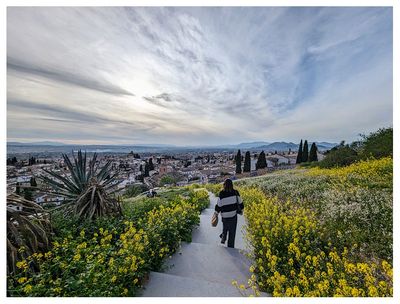
Mirador de San Miguel Alto |
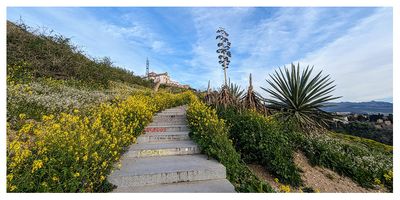
Mirador de San Miguel Alto |
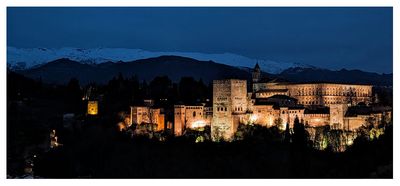
Mirador de San Nicolas |
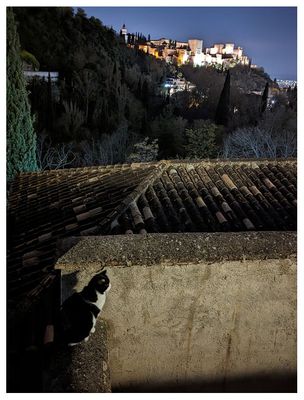
Mirador de Sacromonte .... and a cat! |
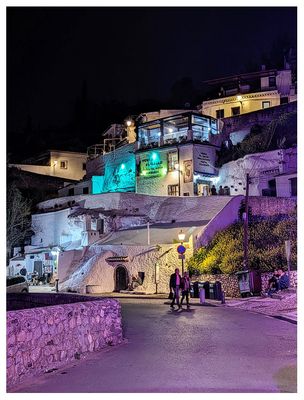
Camino del Sacromonte |
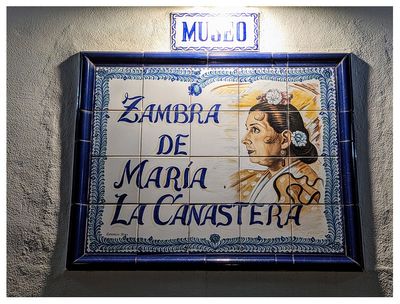
Zambra de Maria la Canastera |
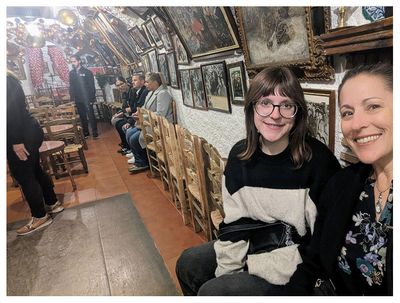
Zambra de Maria la Canastera |

Zambra de Maria la Canastera |
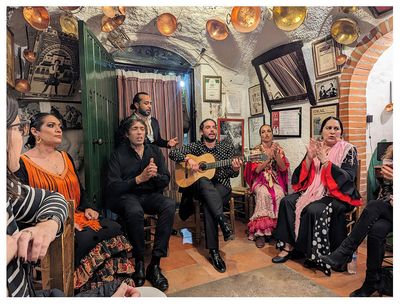
Zambra de Maria la Canastera |

Zambra de Maria la Canastera |
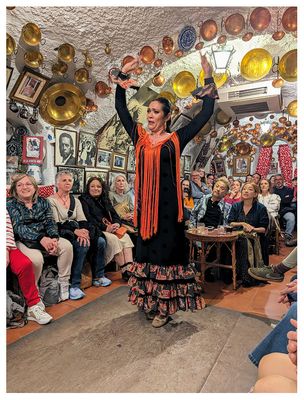
Zambra de Maria la Canastera |

Teteria Bagdad Tea House |











